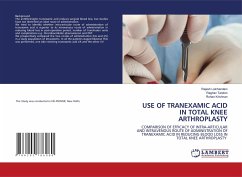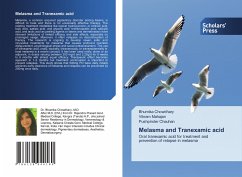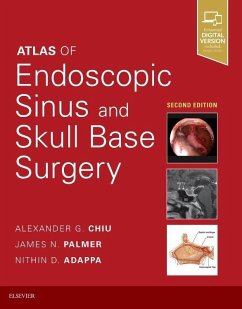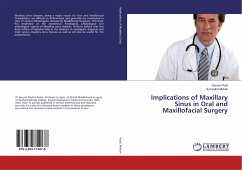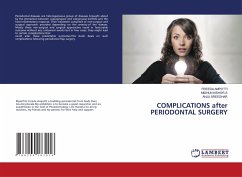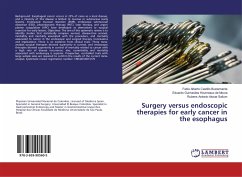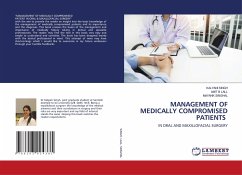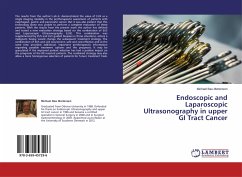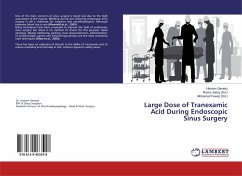
Large Dose of Tranexamic Acid During Endoscopic Sinus Surgery
Versandkostenfrei!
Versandfertig in 6-10 Tagen
27,99 €
inkl. MwSt.

PAYBACK Punkte
14 °P sammeln!
One of the main concerns in sinus surgery is blood loss due to the high vasculature of the mucosa. Bleeding during and following endoscopic sinus surgery is still a challenge for surgeons and anesthesiologists. Although extensive blood loss is rare (Wormald et al., 2005). Many techniques have been proposed to improve the field of endoscopic sinus surgery but there is no method of choice for this purpose. Head elevation, Bipolar diathermy, packing, local vasoconstrictors, administration of antifibrinolytic agents and induced hypotension are the most commonly used techniques (Shaw et al., 2000)....
One of the main concerns in sinus surgery is blood loss due to the high vasculature of the mucosa. Bleeding during and following endoscopic sinus surgery is still a challenge for surgeons and anesthesiologists. Although extensive blood loss is rare (Wormald et al., 2005). Many techniques have been proposed to improve the field of endoscopic sinus surgery but there is no method of choice for this purpose. Head elevation, Bipolar diathermy, packing, local vasoconstrictors, administration of antifibrinolytic agents and induced hypotension are the most commonly used techniques (Shaw et al., 2000). There has been an explosion of interest in the ability of tranexamic acid to reduce morbidity and mortality in ESS, without apparent safety issues.





